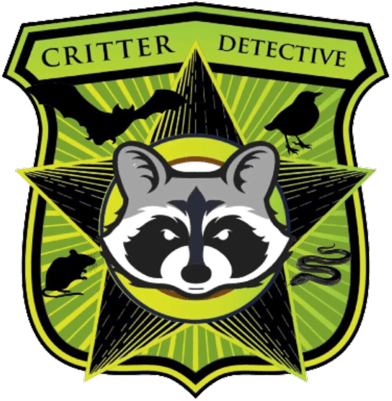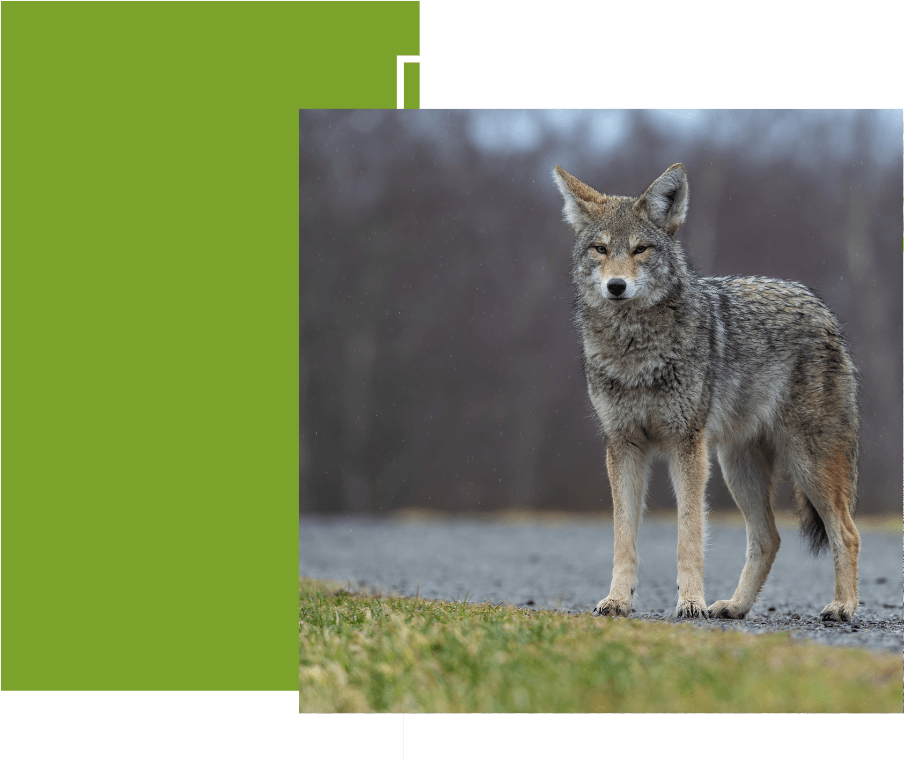The Cincinnati area has seen a significant rise in its urban coyote population. These animals have adapted remarkably to the urban landscape. The Eastern Coyote, larger than its western counterpart, presents unique challenges due to its size and adaptability. These animals, once primarily inhabitants of rural areas, have found their way into urban settings, leading to increased interactions with humans and pets.
The increase in sightings in the Cincinnati area aligns with broader trends seen across many urban areas in the United States. Factors contributing to this increase include urban sprawl and habitat fragmentation. Tracking this data is essential for understanding their movement patterns and developing effective management strategies.
Impact On Urban Life
Their presence in urban areas brings various challenges. One of the primary concerns is their predation on small pets and livestock. Small animals, particularly those left outside unattended, are at risk. Additionally, they often rummage through trash, causing a mess and attracting other pests. Their presence in neighborhoods can create a sense of unease, especially when they venture close to homes or playgrounds. There's also a risk of disease transmission, as they can carry rabies and other zoonotic diseases.
Despite the problems they cause, they are intriguing animals with unique behaviors and traits. Their communication methods, particularly their howling, are complex and serve various purposes, like establishing territory or signaling other pack members. They are also key players in the ecosystem. They help control rodent populations and clean up carrion. Understanding these aspects of coyote behavior is vital in developing effective control strategies.
Why DIY Removal Is Not Advisable
Many residents might consider taking matters into their own hands when dealing with coyotes. However, DIY removal is fraught with risks. Coyotes are clever and elusive, making them difficult to trap or deter without proper knowledge and tools. Ineffective DIY methods can exacerbate the problem, leading to more frequent and bold visits. Furthermore, interacting with these wild animals can be dangerous, as they can exhibit aggressive behavior when threatened or cornered. Professional removal services are crucial for effective, and humane control.
At Critter Detective, we approach control with a focus on efficiency, effectiveness, and humane practices. Our team of experts conducts detailed assessments to gauge the severity of the issue on your property. We use a combination of methods, including habitat modification to make your property less attractive to coyotes, and exclusion techniques to prevent their entry. In cases where removal is necessary, we employ humane practices, ensuring minimal stress to the animals and adherence to local wildlife regulations.
Proactive Measures For Prevention
Preventing coyotes from becoming a nuisance is a critical component of our service. We advise on best practices for securing food sources, like garbage bins, and eliminating potential shelter spots that might attract them. We also recommend appropriate fencing and other physical barriers to deter these animals from entering your property.
Our commitment to coyote control extends beyond immediate removal services. We provide ongoing support and education to our clients, offering insights into behavior and preventive measures. Educating the community plays a crucial role in reducing negative interactions with these animals.
The presence of coyotes in urban areas requires careful management to ensure the peace mind of residents. Understanding the behavior of these animals, the risks they pose, and the most effective control methods is crucial. We are dedicated to providing professional, humane, and effective control services. We work closely with our clients to ensure their properties are clear and offer ongoing support to maintain a coyote-free environment. For more information or to address any concerns about coyotes in Day Heights, Four Bridges, Jacksonburg and the surrounding area, please contact us.
Frequently Asked Coyote Questions
Q1. Can They Climb Fences Or Trees Like Cats?
A1. While it may seem unlikely, they possess a surprising ability to climb over obstacles, including fences. Although they are not natural climbers like cats, they can scale fences up to 6 feet tall, especially if they're motivated by food, threat, or territory exploration. However, climbing trees is not within their typical behavior. To prevent coyotes from entering your property, it's advisable to have fences that are at least 6 feet tall and to remove any objects near the fence that they could use as a steppingstone.
Q2. Do They Hibernate During Winter?
A2. Contrary to some beliefs, they do not hibernate. They are active year-round, even in cold weather. In fact, winter can be a particularly active time for coyotes in terms of breeding. They may be seen more frequently during daylight hours in winter, searching for food. This increased visibility sometimes leads to the misconception that their population is growing, when in reality, they are just more apparent.
Q3. Can They Interbreed with Domestic Dogs?
A3. Yes, they can interbreed with domestic dogs, and the offspring are known as "coydogs." However, this is relatively rare, especially in urban environments. Coydogs inherit traits from both species, which can make their behavior unpredictable. It's important to note that while interbreeding can occur, it's not a common phenomenon, and most urban sightings are of purebreds, not hybrids.

